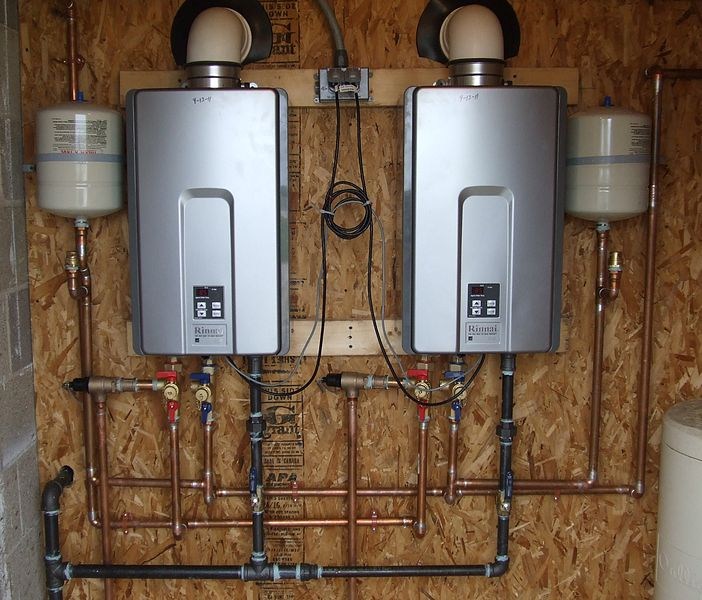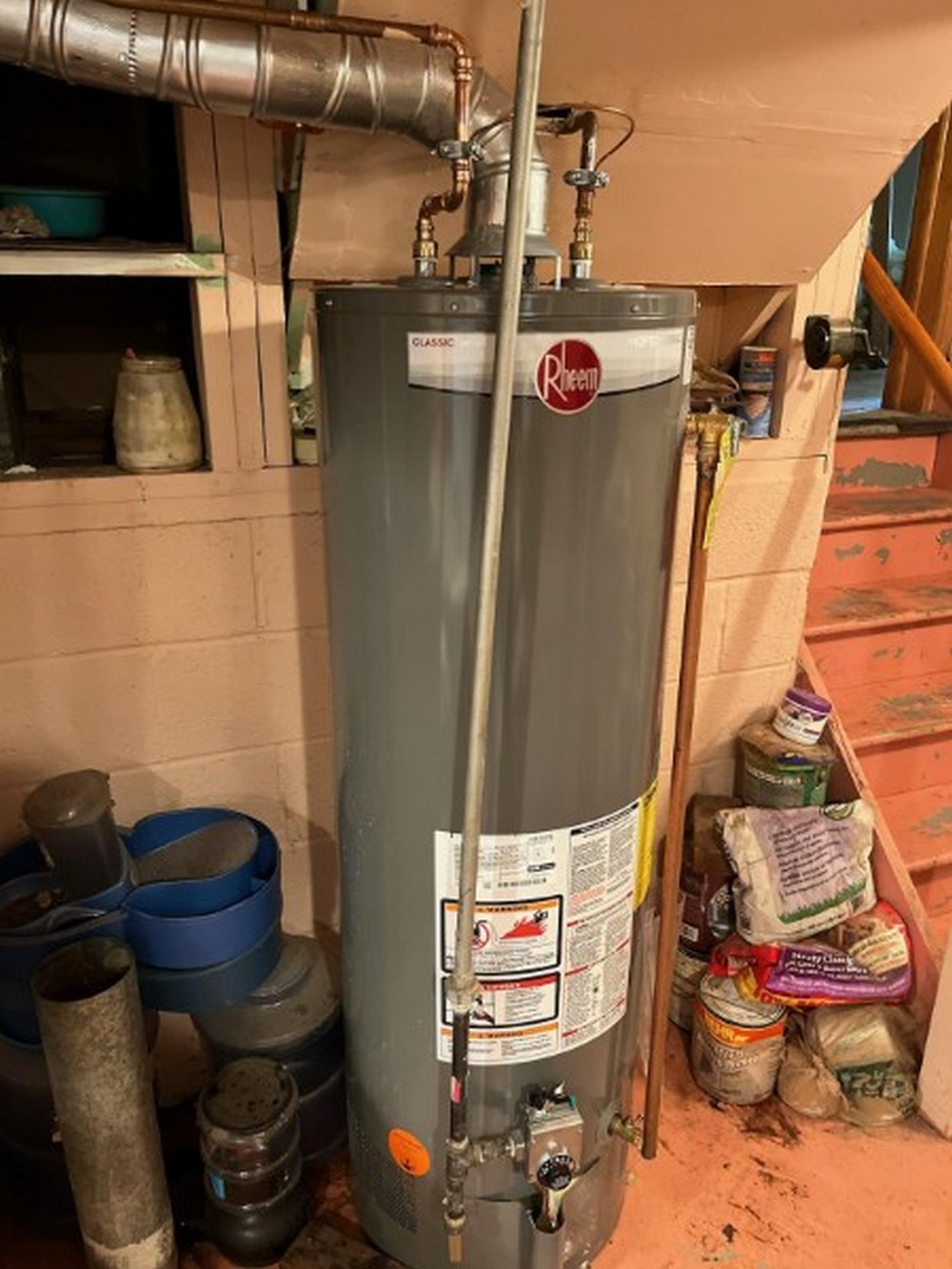Gas Leak Repair by Certified Technicians for Maximum Safety at Home
Gas Leak Repair by Certified Technicians for Maximum Safety at Home
Blog Article
Full Guide to Water Heating UnitInstallment and Replacement
Comprehending the ins and outs of water heating unit setup and replacement is essential for property owners seeking to ensure efficiency and dependability in their warm water supply. From selecting the appropriate kind and size to implementing a smooth setup process, numerous variables need to be taken into consideration to prevent common pitfalls.
Kinds of Hot Water Heater
When thinking about hot water heater installation and substitute, it is necessary to comprehend the numerous sorts of hot water heater readily available on the market. One of the most usual kinds consist of storage tank water heating systems, tankless hot water heater, heatpump water heating systems, and solar water heating units.
Container hot water heater are typical systems that save a particular quantity of warm water, making them readily available when required. They are usually much less expensive in advance but might incur greater energy costs in time as a result of warm loss. On the other hand, tankless hot water heater offer warm water on need, removing the need for storage space. They are power efficient and can conserve room, but their first costs are commonly higher.
Warmth pump hot water heater make use of power to move heat from the air or ground to warm water, using considerable energy savings however calling for even more room and specific setup conditions. Solar water heating systems harness solar energy to warm water, offering an environment-friendly alternative with possible long-term price savings, although they frequently call for a backup system for cloudy days.
Recognizing these alternatives ensures educated choices relating to installation and substitute, accommodating specific demands and preferences.
Choosing the Right Dimension
Picking the appropriate dimension for a hot water heater is important to ensure optimum efficiency and performance. An unit that is as well small will certainly have a hard time to satisfy household needs, resulting in inconsistent warm water schedule and raised energy consumption. On the other hand, an oversized hot water heater can lead to unnecessary power waste and greater utility bills.
To determine the appropriate size, take into consideration the home's peak warm water usage. This can be computed based on the number of occupants and their normal warm water requirements. A family of 4 may need a water heating system with a capacity of 50 to 80 gallons, depending on the usage patterns, such as simultaneous showers and washing.
Furthermore, analyze the recovery rate, which gauges how promptly a heater can replenish warm water after it has actually been made use of. For tankless models, focus on the circulation price, gauged in gallons per min (GPM), to ensure it satisfies the family's synchronised demand.

Setup Refine Summary

Following, the old system should be separated and eliminated, taking care to adhere to neighborhood codes and laws relating to disposal. Once the old system is out, the new water heating system can be positioned in position. This action involves connecting the water lines, guaranteeing that all fittings are leak-free and safe and secure.
After establishing water links, it's necessary to link the power supply, whether electric or gas, complying with the supplier's directions diligently. Once all links are made, the system must be filled with water, and the power can be turned back on. It's vital to check for leaks and make sure the water heating system is operating correctly before finishing the installment procedure.
Common Installation Blunders

Another frequent mistake is overlooking to comply with neighborhood codes and regulations. Stopping working to stick to these criteria can not just lead to safety and security dangers yet may additionally result in pricey fines or the need for expensive reinstallation.
Failing to safeguard links or using the incorrect type of fittings can lead to leakages and water damage. By avoiding these usual setup mistakes, homeowners read here can guarantee their water heating unit operates safely and efficiently, taking full advantage of performance and long life.
Upkeep Tips for Longevity
Correct maintenance of a hot water heater is essential for its long life and optimal efficiency. Routine inspections and maintenance can avoid pricey repair services and extend the device's lifespan. Begin by examining the temperature setting; it ought to usually be set in between 120 ° F and 140 ° F for ideal energy effectiveness and safety.
Every six months, purge the tank to get rid of sediment build-up, which can impair heating performance and trigger deterioration. To do this, turn off the heater, link a tube to the drain valve, and allow the water run until it is clear.
When they are worn away,Anode rods ought to be inspected each year and replaced. These rods assist protect against tank rust by bring in corrosive aspects in the water.
Furthermore, examine the stress relief valve routinely to guarantee it is operating correctly. This valve is important for protecting against too much stress accumulation within the storage tank.
Lastly, consider arranging an expert maintenance check every couple of years for complete examinations and maintenance. By sticking to these upkeep pointers, homeowners can considerably improve the effectiveness, security, and life expectancy of their hot water heater, making sure trustworthy warm water for several years ahead.
Verdict
In final thought, proper setup and maintenance of water heating units are crucial for making certain efficiency and long life. By comprehending these essential elements, homeowners can attain a dependable hot water supply while lessening potential problems related to water heating unit procedure.
Understanding the details of water heating system installment and substitute is important for home owners seeking to make sure Continue performance and dependability in their warm water supply.Container water heaters are standard systems that save a particular quantity of hot water, making them easily offered when required. In contrast, tankless water heaters supply warm water on need, eliminating the requirement for storage space. Picking a water heating system that is either too small or as well huge can lead to inefficiencies, resulting in insufficient hot water supply or extreme power intake.
By understanding these vital elements, home owners can achieve a reputable warm water supply while lessening potential concerns associated to water heating unit operation. pipe repair.
Report this page